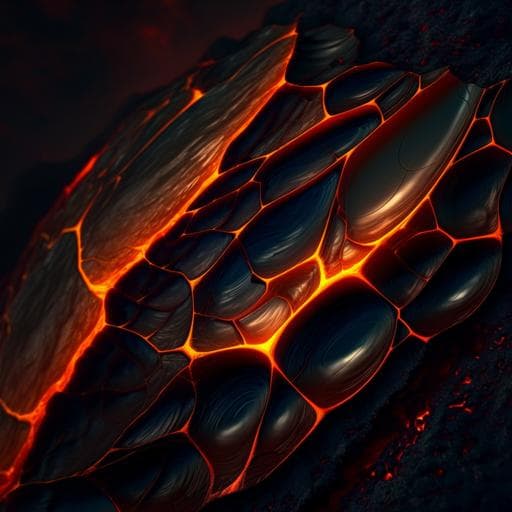
Earth Sciences
In situ observation of glass-like fragmentation of high-temperature silicate melts generating fine ashes
A. Namiki, S. Okumura, et al.
Discover how volcanic ash generated from low-intensity eruptions impacts our environment and infrastructure. Researchers, Atsuko Namiki, Satoshi Okumura, Akio Goto, and Tsutomu Yamada, reveal insights from their tension experiments on silicate melts that delve into the unique nature of ash fragmentation, positioning silicate melts as prominent players in ash composition.
~3 min • Beginner • English
Related Publications
Explore these studies to deepen your understanding of the subject.







